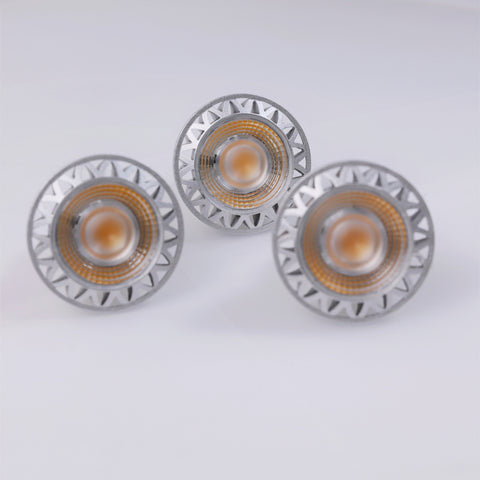
How much light do I need for a room? (Part 1)
When we choose lighting products, we will be entangled with all kinds of ideas such as:
How much is commonly referred to as adequate lighting?
How to calculate the number of LED lights to create a good lighting environment?
The factors affecting luminaire selection are complex and diverse, yet in daily life, the following basic aspects are mainly involved:
Lamp wattage
Room size
Room function
Other factors
Let's take a closer look at how these aspects vary from person to person. Only by taking a variety of factors into consideration can we choose suitable lighting products to create a comfortable lighting space.
-
Lamp wattage
When choosing a light bulb, even those with little knowledge knows to see how bright the light bulb is. This "brightness" is usually measured by luminous flux or wattage.
1.1 Luminous flux
Luminous flux is a parameter used to evaluate the total amount of visible light emitted from a light source, such as a lamp, in lumens (lm).Whether it is LED, fluorescent, halogen or incandescent lamps, the light intensity can be expressed in lumens. Also known as "brightness" or "light output," a 100-watt incandescent light bulb produces about 1,500 to 1,700 lumens of light. Luminous flux refers to the luminous capacity of a lamp. The higher the luminous flux, the more light the lamp emits.
1.2 Wattage
Watt is not a unit of measure of “brightness”, it is a measure of power. It represents the amount of electricity power a bulb consumes when it reaches the marked brightness. The number of lumens produced by consuming one watt of electricity varies depending on the type of the light source (LED, fluorescent, halogen or incandescent). In the following discussion, we will use lumen as a way of measure to ensure adequate lighting in a space.
1.3 Wattage conversion of LED lamps, traditional incandescent lamps, energy-saving lamps, and halogen lamps: power equivalent/watt equivalent
Now that we've combined watts and lumens into one concept, the wattage of a light bulb will be better discussed. For example, a 100-watt incandescent light bulb produces 1500 lumens and if a 10-watt LED light bulb produces the same lumens, you will usually see the LED be labeled "100 watt equivalent" on the package.

Table 1. Lumens to Watts Conversion Chart
For example:CRI-MAX™ CRI 95+ A19/A60 10W High Lumen LED Bulb 5000K - 4pcs
- Luminous Flux:1000lm
- 10W power consumption
- 75W incandescent equivalent
-
Factors affecting the selection of brightness of lamps: room size
Under normal circumstances, according to the size of the room, the required brightness is different, and the approximate reference value is: (100~300)lm/m2. Therange requirement for the value is to see the objects, and the stardand varies according to the area, the purpose, the people who need the light and their conditions. These requirements have a certain reference range according to the recommendation of International Commission on Illumination (CIE):
|
Behavior |
Reference Height |
CRI |
Luminance |
|
General |
0.75m |
90+ |
100-300 lm/ m2 |
|
Reading |
0.75m |
95+ |
300-500 lm/ m2 |
|
Mix |
0.75m |
90+ |
250 lm/ m2 |
Through the above datasheet, let's take a living room of 20 square meters as an example and see exactly how many watts light we need to make the room bright enough.
In the living room we mainly carry out general activities, so it can be calculated as follows:
100-300 lm/m2*20m2=2000lm-6000lm (about 120W-300W incandescent light source)
When we choose a product, we can roughly look at this wattage in combination with the product description. For example:
CRI-MAX™ CRI 95+ Tunable White LED Flexible Strip 3200K-5600K - 5m/Reel

Variable
- 3200K: 700lm/m
- 5600K: 800lm/m
CRI-MAX™ CRI 95+ GU10 6W Dimmable LED Spotlight 2700K - 6pcs

- 6W power consumption (50W wattage equivalent)
- Luminous Flux:450lm
Through the data above, we can tell that we will need 4-5 meters led strips for the room or 5-10 packs of GU10 led bulbs.

The above-mentioned 120-300watt light source is not necessarily one light source, but can be combined with a total of 120-300 watts to achieve the corresponding brightness. In the past, most families chose the "one room, one lamp" lighting method, and most of them were common energy-saving lamps, which were difficult to form shadows that would make the space lose the "three-dimensional sense". In recent years, the popular combined lighting methond with no main light uses multiple light source points to achieve the corresponding brightness while adding layers to the total effect and bringing to the room a different feeling.

Leave a comment